Timber decay is a major problem for any structure and worse case scenario if it’s bad enough, can lead to total failure and colapse!
In this project guide we take a look at all aspects of timber decay, how to identify problem areas and also, more importantly, how to repair it, read on to find out all you need to know.
What Causes Timber Decay?
Timber decay is often caused by ageing, damp conditions, or fungal infestations like dry rot, and insect damage from woodworm or other pests.
Other potential causes can be excessive bending, incorrect loading, and splitting can also weaken timber.
Cracks and holes in wood make it vulnerable to insect infestation and fungal growth. Leaks and damp conditions can lead to decay in timber, making it a breeding ground for rot and pests.
Fortunately, treating timber decay is manageable as a DIY project. We’ll cover the best methods below.
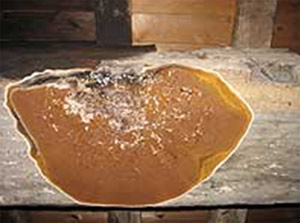
Dry Rot Causing Damage and Decay to a Roof Timber
Damp and Moisture
Dry rot thrives in timber with 18% or more moisture content. The key is to reduce this moisture to prevent fungal growth, especially in large structural timbers.
Traditional timber repair methods, like removing and replacing affected wood, can be costly and invasive. For detailed guidance on this approach, see our repairing structural timber project.
Instead, modern treatments such as Cuprinol 5 Star Preserver and Everbuild Lumberjack are effective for preventing and managing dry rot.
These treatments can also help dry out timber and eliminate fungi and woodworm without needing to replace the wood if decay is caught early.
Addressing the source of dampness is crucial for successful treatment.
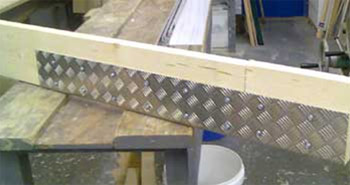
Splicing in a new piece of timber using Joist Splice Plates
Using Boron to Treat Timber
Important Notice: As of September 1, 2022, due to Brexit regulations, boron-based products can only be used by licensed professionals. This restriction is due to concerns about boron (or Borax) being an irritant if it contacts the skin or is ingested.
When we mention boron below, we are referring to its use by trained experts. Be aware of these safety considerations if professionals are using boron products in your home for timber treatment.
What is Boron as a Timber Treatment?
Boron, also known as disodium octaborate tetrahydrate or Borax, is a natural compound used for timber treatment. It dissolves in water, making it effective against timber decay.
Damp conditions and insect attacks often cause timber decay, compromising structural integrity. Boron is highly toxic to fungi and insects but safe for mammals, including protected species like bats.
Due to new regulations, boron treatments can only be applied by licensed professionals. Despite this, it remains a highly effective option. For qualified professionals, visit the Property Care Association (PCA) website.
Safety Precautions for Using Boron
If you are using boron for timber treatment by a licensed professional, follow these safety guidelines:
- Cover Up: Wear gloves and protective clothing to avoid skin contact with the solution, gel, or paste. If contact occurs, wash off immediately and seek medical advice if needed.
- Protect Eyes: Use safety goggles. If boron gets in your eyes, flush with water and consult a doctor.
- Wear a Dust Mask: Use a face mask when mixing boron powder to avoid inhaling dust.
- Follow Instructions: Adhere to all safety instructions provided with the product.
- Avoid Ingestion: Keep boron products away from food, and do not eat or drink while using them. Ensure children and pets stay out of the treated area.
- Re-entry Time: The Health and Safety Executive (HSE) recommends waiting at least one hour or until the product is dry before re-entering the area.
DIY Timber Decay Treatment
If you want to tackle timber decay yourself, various products can help you fix the issue. To ensure a successful job, follow these key steps. Note: These steps apply to both dry rot and wet rot.
Step 1: Eliminate Moisture Sources
Both dry and wet rot are caused by moisture. Timber with a moisture content of 18% or more creates ideal conditions for rot spores to grow. Before treating the rot, fix the source of moisture, whether it’s a leak, poor ventilation, or another issue.
Remove any obstructive materials, such as floors, to access the problem. Make sure to address and repair the moisture issue at its source to prevent future issues.
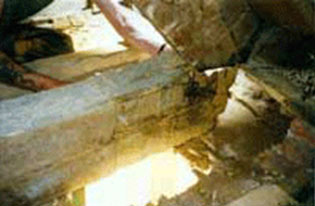
Damaged timber joist caused by damp and moisture
Step 2: Assess the Damage
After fixing the moisture source, assess the extent of the timber damage. Determine whether it’s dry rot, wet rot, or insect damage. For guidance on identifying these issues, check our dry and wet rot guide and our woodworm guide.
Inspect the damaged timber carefully with a screwdriver to gauge the depth and spread of the decay in the timber. Don’t forget to examine nearby joists, floorboards, studwork, and even masonry, as rot can penetrate through masonry surfaces.
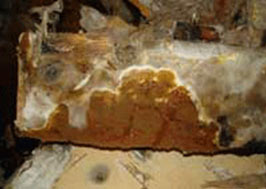
Damage to brick caused by dry rot
Step 3: Replace Severely Damaged Timber
If a screwdriver easily penetrates the timber, it’s too damaged to repair and needs replacing. Assess the extent of damage: if most of the timber is affected, you may need to replace the entire piece. This involves either removing the old timber or fitting a new one alongside it.
For minor damage, such as at the ends of the timber, consider using a timber splicing kit. Learn more about timber splicing here.
Alternatively, use joist repair plates to join new timber to the existing undamaged section. See our guide on repairing structural joists.
When cutting out damaged timber, remove at least 500mm beyond the last signs of decay to prevent recontamination. Always use treated timber for replacements.
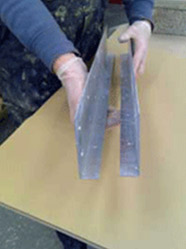
Joist repair plates used to repair timbers
Step 4: Apply Fungicidal Solution
Start by removing all visible mould and fungal growth with a scraper and scrubbing brush. Place the debris in a plastic bag and wear a face mask to avoid inhaling spores, which can be harmful.
Clean both the immediate and surrounding areas thoroughly to remove any possibility of spread and contamination.
Next, apply a high-quality fungicidal and insecticidal wash to kill any remaining spores and wood-boring insects.
Allow the treated area to dry completely. Drying time will vary based on the extent of moisture damage.
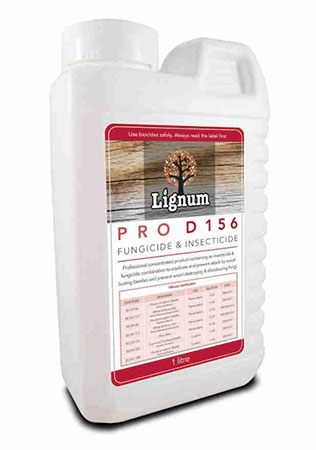
Good quality fungicidal and insecticide wash
Step 5: Apply Timber Treatment
After the area is completely dry and the fungicidal treatment has fully dried, apply a high-quality timber treatment like Cuprinol 5 Star Wood Treatment to all timbers.
This will protect both new and existing timbers from future decay, rot, and wood-boring insects.
Once the treatment is dry and has followed the manufacturer’s instructions, proceed with any necessary repairs, such as replacing floors or walls.
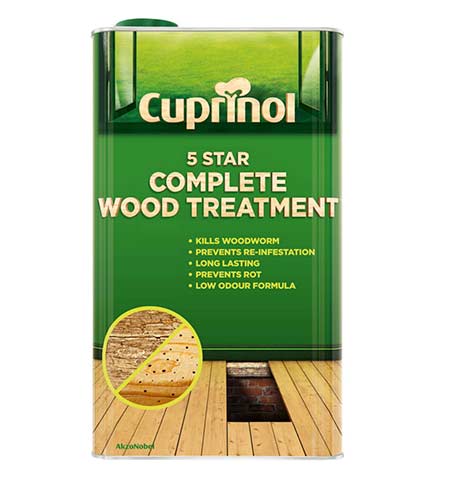
Cuprinol 5 Star Wood Treatment for treating existing and new timber from decay and insect attack
Step 6: Apply Wet Rot Hardener
Before replacing floors or repairing damage, treat any remaining wet rot with a hardener.
If timbers with wet rot are still structurally sound but show minor damage, a wet rot hardener can restore their strength. Apply the hardener to soak into the timber, revitalising its durability.
Note that wet rot hardeners are best suited for non-structural items like doors and windows, not for critical structural components like joists.
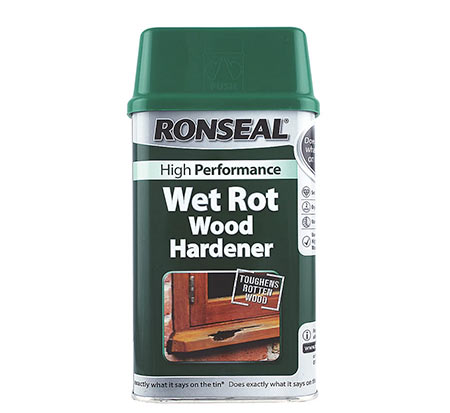
Wet rot hardener for repairing doors and windows
Preventing Timber Decay
The best way to avoid future timber repairs is to prevent decay from occurring.
When installing new timber, always use pre-treated wood. However, don’t rely solely on pre-treatment. Apply a high-quality timber treatment to all exposed surfaces after cleaning with fungicidal and insecticidal wash. This extra step helps prevent future issues.
Consider treating timber surfaces in the following areas:
External Prevention
- Window frames and external sills
- External door frames
- Timber frames for houses and outbuildings
- Wall plates, rafter ends, and purlin ends
- Fascias and soffits
- Telegraph poles, posts, and railway sleepers
Internal Prevention
- Window and door frames, skirting boards, and staircases in damp-prone areas
- Lath and plaster ceilings
- Structural timbers: joists, ‘A’ frames, bressumers (main timber beam), and other support beams
- Lintels, arches, rafters, purlins, ridge beams, tie beams, and trusses (King and Queen Posts)
If your home has dry rot, wet rot, or wood-boring insects damaging the timbers, treating timber decay is absolutely essential. Although it might seem daunting at first, addressing it properly will protect your timbers for years to come and save you a huge amount of money and hassle.

